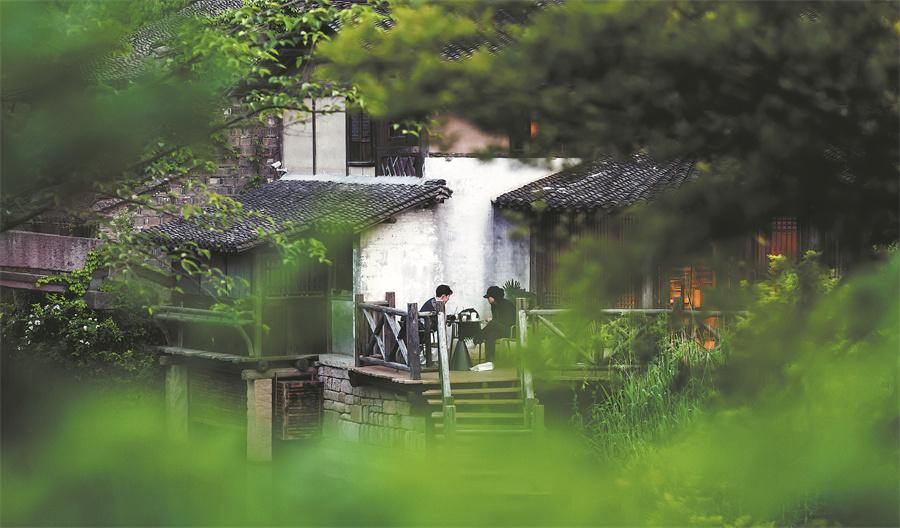
Tourists enjoy a break at the ancient town.[Photo provided by Lan Hongguang/Xinhua]
Throughout many centuries of history, the Grand Canal of China that traverses north and south has nurtured countless towns and villages along its path. These ancient towns, preserved through the ages thanks to their symbiotic relationship with the canal, stand as the finest witnesses and custodians of civilization.
The Grand Canal runs through the heart of Jiaxing, Zhejiang province, stretching more than 110 kilometers, bringing centuries of prosperity and splendor to the region.
Eighteen canal towns in the province, such as Wuzhen, Xitang and Puyuan, have flourished alongside the water, where literary figures like Mao Dun and Feng Zikai once resided, and traditional customs such as silk weaving and stone carving thrived due to the presence of water.
In recent years, Wuzhen and Xitang have each welcomed millions of visitors annually, drawing global attention to the ancient towns in Jiaxing.
Wuzhen is celebrated for its authentic water town scenery and rich cultural heritage accumulated over millennia.
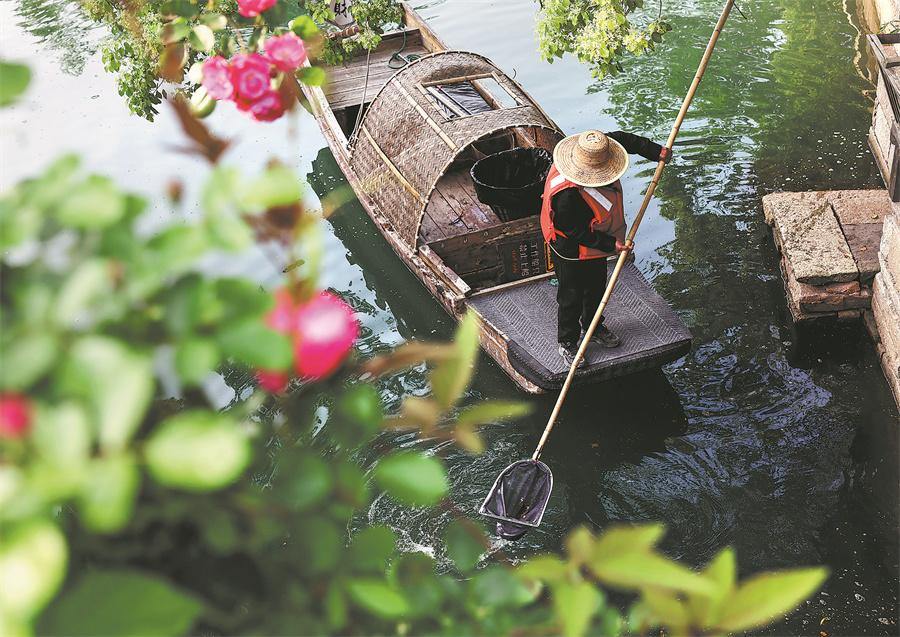
The waterway is regularly monitored in the Puyuan ancient town in Jiaxing, Zhejiang province.[Photo provided by Lan Hongguang/Xinhua]
Although small in size, Wuzhen serves as a bridge between history and the future, China and the world. It is the birthplace of Mao Dun, where contemporary literature seamlessly intertwines with the watertown culture. The Wuzhen Theater Festival brings together artists from around the world to revel in drama, while the World Internet Conference in Wuzhen sheds a technological light on the ancient town.
About 50 km from Wuzhen lies Xitang, famous for its abundance of timeworn bridges, alleys and corridors.
It is also known as the birthplace of Wuyue culture — the regional culture of Jiangnan (south of the lower reaches of the Yangtze River), including Shanghai, as well as Jiangsu, Zhejiang and Anhui provinces in eastern China.
Not far from Xitang is the country's "knitwear fashion capital" — Puyuan. The ancient town boasts a knitwear production chain ranging from design, manufacturing to sales and marketing after decades of development.
After years of preservation and development, the fashionable ancient town of Puyuan has opened to the public, showcasing stone bridges reflecting on the water's surface, pavilions lined up in harmony, and the lingering charm of Jiangnan region at every turn.
Since last year, Jiaxing has focused on the core ancient towns of Wuzhen, Xitang, Puyuan and Yanguan, stringing together all 18 ancient towns in the area through comprehensive efforts in conservation, restoration, and innovative development.
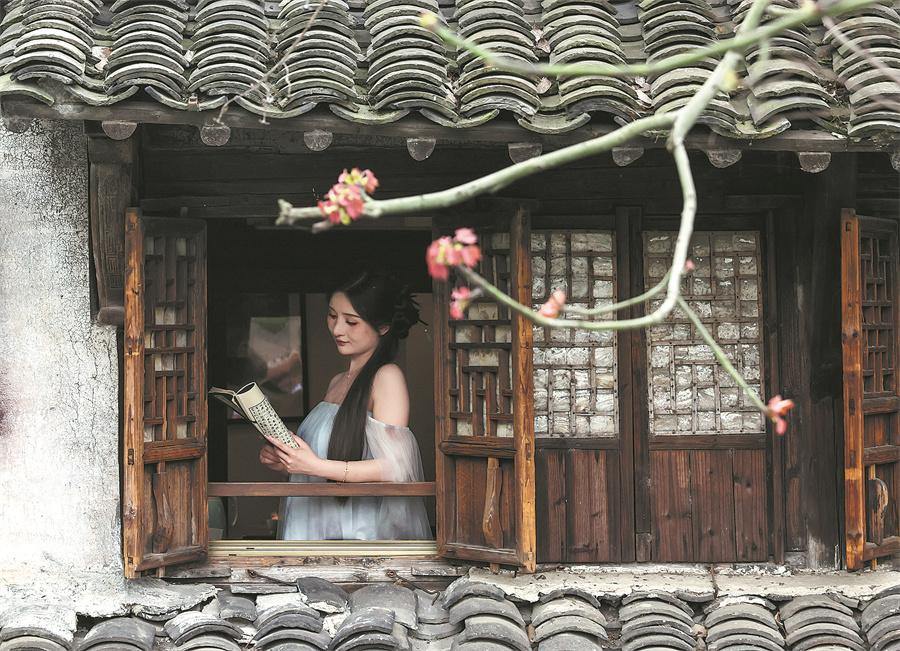
A woman finds a peaceful moment with a book in water town Wuzhen, Zhejiang.[Photo provided by Lan Hongguang/Xinhua]
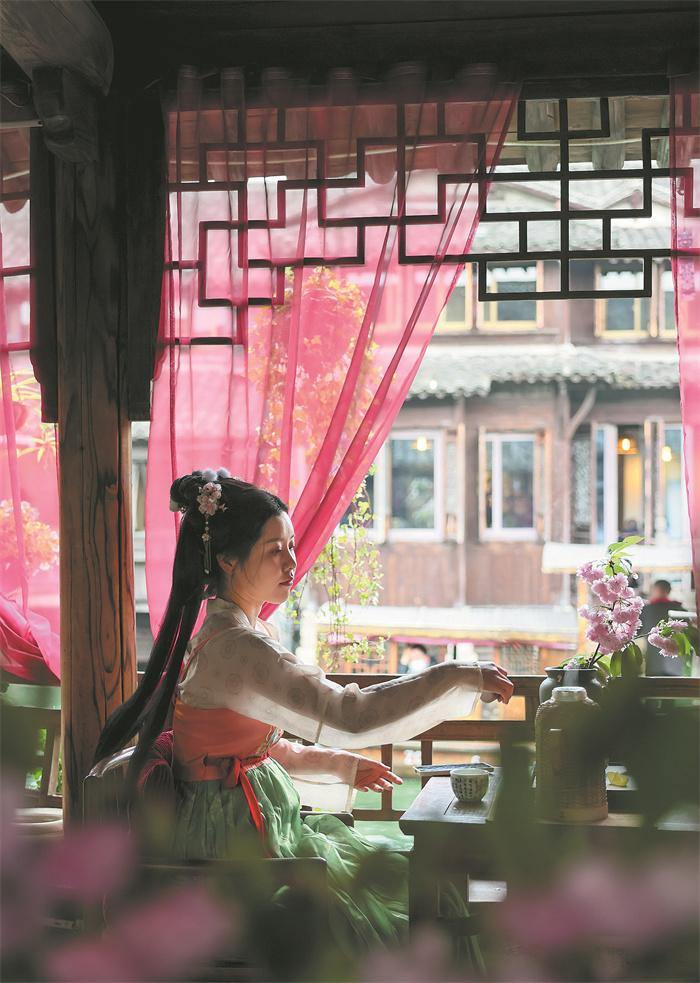
Wearing traditional clothing, a customer relaxes at a Wuzhen teahouse.[Photo provided by Lan Hongguang/Xinhua]
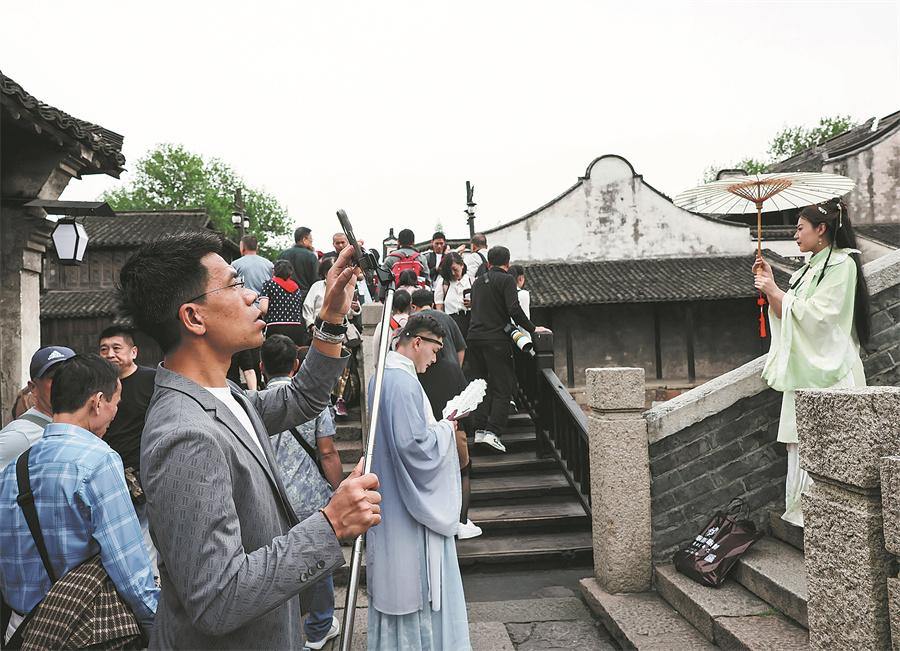
Livestream hosts share their experience of the town.[Photo provided by Lan Hongguang/Xinhua]
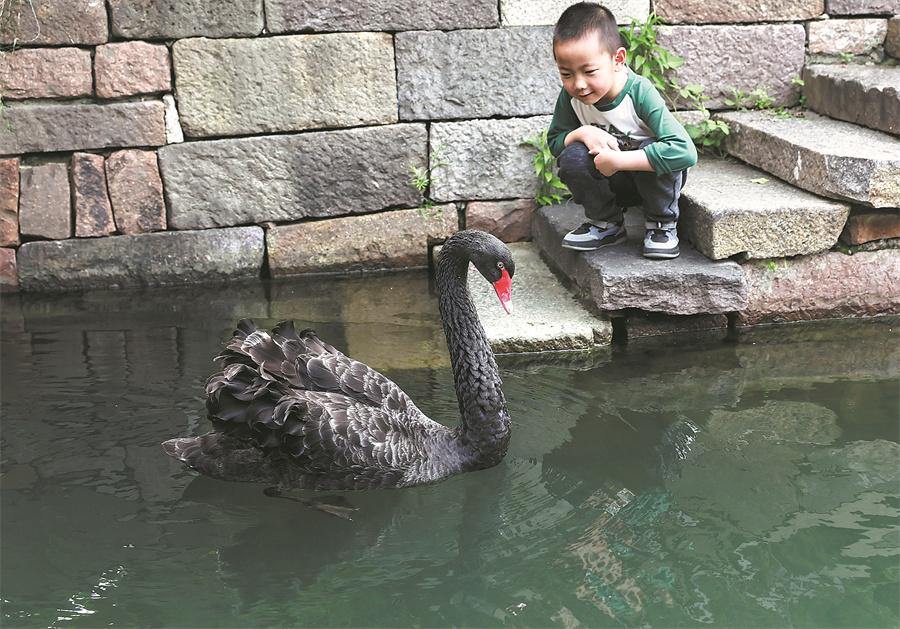
A boy interacts with a black swan in Puyuan.[Photo provided by Lan Hongguang/Xinhua]
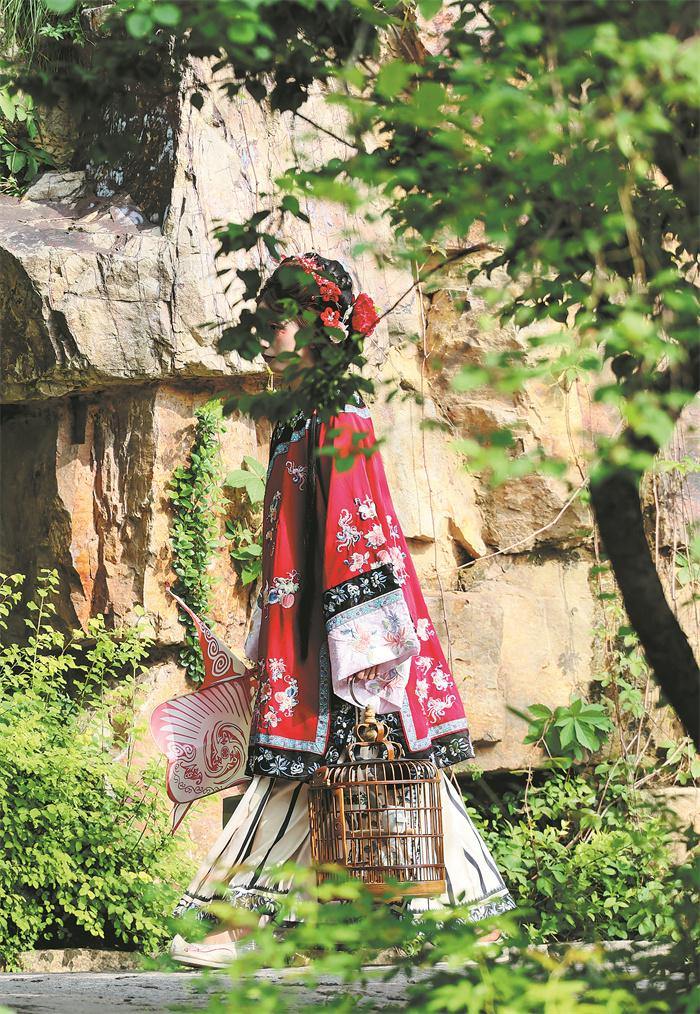
In a traditional costume, a woman carries a birdcage in Puyuan.[Photo provided by Lan Hongguang/Xinhua]
Editor: Cheng Dengyu